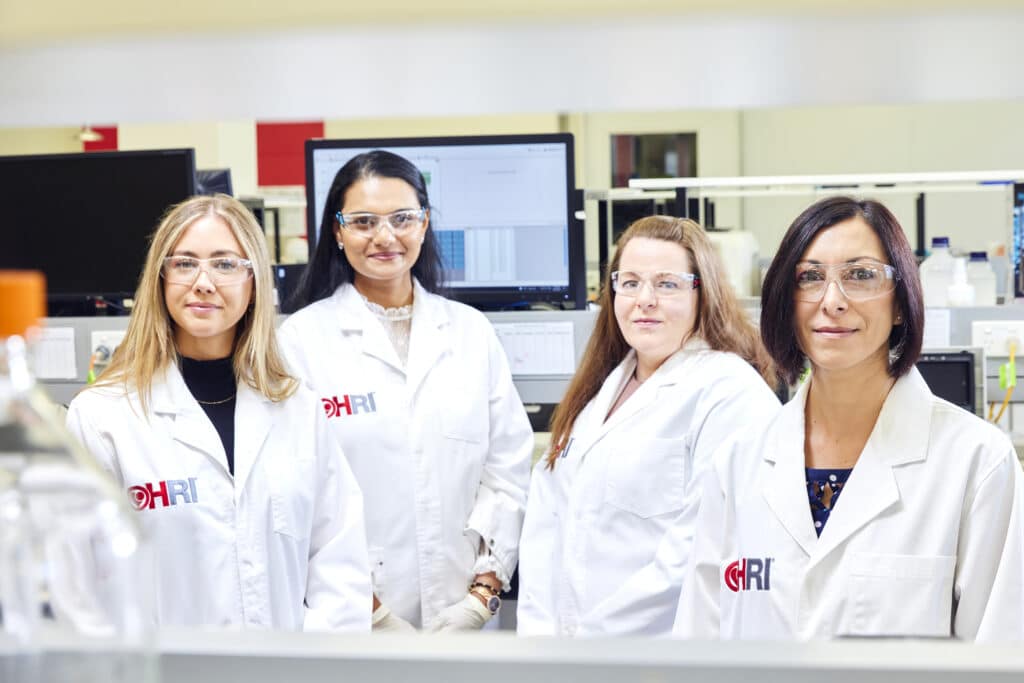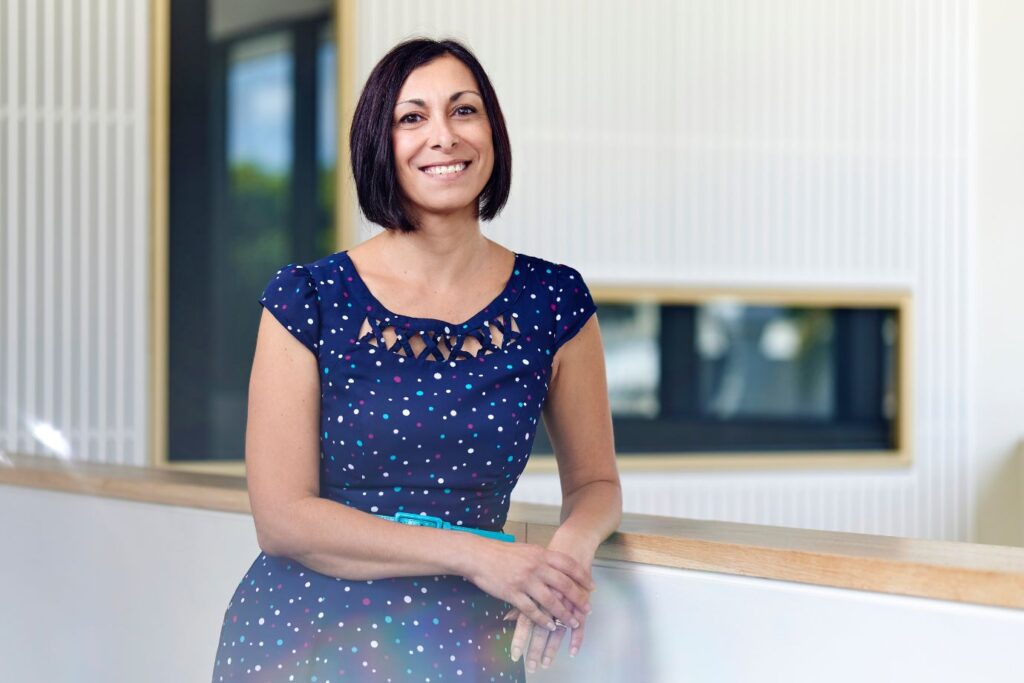Heart disease, heart attacks, strokes – most people hear these conditions and understand what it means and their severity. Some may even know they occur from blood vessel blockages.
But Associate Professor Dr Mary Kavurma says most are unaware of another lesser known heart condition that affects one in five Australians. It’s call peripheral artery disease, and the majority of sufferers are women.
Kavurma is a leading researcher at the Heart Research Institute (HRI). While heart research is a male-dominated area of medicine, she is one of a majority-women research team, with 61 per cent of researchers at the HRI women.
Just how male dominated is medical research? Data from the National Health and Medical Research Council shows between 2019-2021, men received about 35 per cent more grants and 67 per cent more funding per annum than female researchers. This equates to about $95 million.
But women like Kavurma at the Heart Research Institute are leading the way in achieving greater gender balance in medical research. And for Kavurma and patients living with PAD, especially female patients, it’s a matter of life or death.
Peripheral artery disease (PAD)
Kavurma has dedicated her career to peripheral artery disease (PAD), a condition that causes blood vessel blockages, like a heart attack, but in the legs and lower extremities.
Lack of oxygen and circulation in the limbs results in a buildup of plaque, which can result in limb pain, ulceration and even gangrene. In extreme cases, PAD can lead to amputation.
In fact, every two to three hours in Australia, a limb is amputated due to the effects of PAD, a “frightening” statistics, according to Kavurma.
“Nobody really knows that this can happen to them,” Kavurma says, “and amputations don’t actually fix the problem – they just remove the dead tissue.
Not only do amputations fail to cure PAD, but it also exposes patients to a greater risk of suffering a heart attack or a stroke.
“These patients end up generally passing away from a heart attack or stroke,” Kavurma says. “It’s awful.”
The economic ramifications of PAD are staggering: Kavurma says the debilitating condition costs Australia’s healthcare system approximately $800 million.
It’s one of the reasons the HRI have recently established a centre dedicated to researching PAD. Kavurma is leading the team working at the centre, which is the first of its kind in NSW.

“We really want to address the knowledge gaps not only in PAD, but also in treatment and patient care,” Kavurma says.
“We really need to be paying more attention to this condition, and we’re hoping that the centre will bring everyone together to supercharge the research in this area.”
The gender gap in PAD
The team at the HRI’s Vascular Complications Group is gender-balanced, offering perspectives on how males and females are affected by the condition differently.
It’s a crucial part of the effort to prevent PAD. Kavurma says the heart condition affects women and men differently – and no one knows why.
“Fifty per cent of PAD patients don’t have typical symptoms, and many of those patients are women. So it’s quite silent on women,” Kavurma says.
“We don’t really know why there are differences – but what people don’t realise is that a lot of research has been done without stratification on sex… clinical trials, for example – majority of the participants are men.”
The differences between how males and females are affected by the disease doesn’t end at the symptoms: Kavurma says women are likely to have worse outcomes from PAD treatment,, they have more complications after surgery, the have a higher risk of dissection, heart attacks and even death after surgery.
Kavurma says research on PAD and medicine more broadly must change its mindset and “consider diversity as much as possible” – which is exactly what the team at HRI are doing.
Kavurma and her research team have collaborated with the Sydney Local Health District, as well as vascular surgeons at the Royal Prince Alfred Hospital and Concord Hospital, to dive deeper into why males and females suffer from PAD in different ways.
“We really want to address the knowledge gaps not only in PAD, but also in treatment and patient care,” Kavurma says.
“How can we cure a disease if we don’t understand how it actually comes about?”


